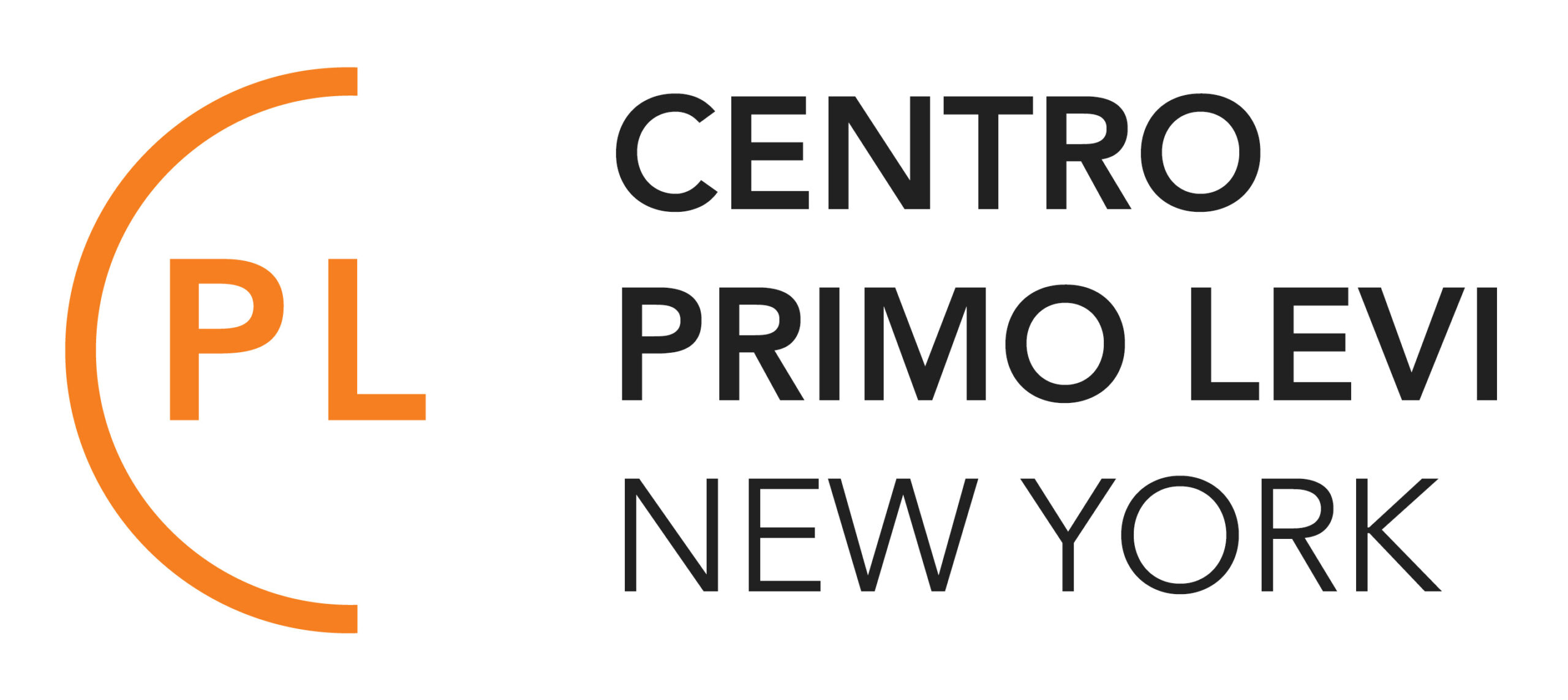THE Narrative Space
Notes on Centro Primo Levi’s “NARRATIVE SPACE,” a laboratory with a storefront, home of books and other streams of history.
Mi ha raccontato la sua storia, e oggi l’ho dimenticata, ma era certo una storia dolorosa, crudele e commovente; chè tali sono tutte le nostre storie, centinaia di migliaia di storie, tutte diverse e tutte piene di una tragica sorprendente necessità. Primo Levi
Between 2014 and 2015, Centro Primo Levi reopened the space of the first Italian bookstore in New York, S.F. Vanni, founded in 1884. During a brief period, the 1930 storefront in Greenwich Village was transformed into a book space to exchange ideas and projects.
Students, scholars, art professionals and the public inhabited the space for weekly events as well as attracted extemporaneously either by a group of people talking around a table or by one of the multimedia narratives projected on the walls and visible through the 12th Street window.
The intimacy of the environment reflected both the focus and the breath of the project: it was a space to narrate what the center incubates and produces. Whether the format was roundtables, audiovisual installations, readings, broadcasts, films, the idea was to offer a steady stream of traditional and innovative narratives. Narratives and narrating became in and of itself a new topic of inquiry, taking inspiration from various eras and other cultures, and challenging the top-down model of consumption of knowledge as well as those of popular simplification and academic ivory tower.
The Greenwich Village space was designed to combine —also on a physical level— past and present, high-tech and old-fashion social atmosphere, local and global reach.
An important aspect of this project is the contiguity of the cultural and research activities with the street, from where anyone can walk in, not only users but also ideas and participants in the activities held in the space. Vanni as narrative space was based on creativity, knowledge, and collaboration but also on a tenuous border and an improvised relation with the city.
Another element that came under discussion during this experience is the way in which the physical space is identified by and identifies the center. During two decades, Centro Primo Levi has developed its public activities as an itinerant entity, establishing relationships and partnerships with other organizations that own a physical space as their identifying trait. The pop-up nature of Vanni allowed us to maintain the itinerant nature of the work but at the same time opened the natural possibility to welcome other narratives.
With a close focus on Primo Levi’s work and the Italian Jewish experience, CPL has designed its profile avoiding notions as “identity” and “branding” and embracing as its own distinctive traits elements of its work: the book, history and the present, languages, the forms of power.
This perspective includes the center’s perspective on concepts such as “home,”, “Italian” and “Jewish,” which relates to the process of construction of these categories rather than to supposedly homogeneous given and entities.
